276 CD / Scarlatti: Complete piano sonatas Vol. 9
Description
What is spontaneous creativity? I imagine a kind of spring, no, rather a waterfall. Something gushes forth, seemingly eternally, effortlessly and never running dry, from the pen of Domenico Scarlatti, from the fingers of Christoph Ullrich. An unimaginative person like me thinks: That's it now. He can't think of another sonata that doesn't repeat something long since invented. But yes, there's another one! New again, different again, freshly born again. What do 555 sonatas mean? It means: an infinite number of sonatas, let anyone count them. This is exactly how Christoph Ullrich proceeds in the 12th of 17 episodes. Not only is every new Scarlatti sonata unique, but every version that Ullrich plays is also new. He cannot play such a unique piece the same way twice. He keeps telling me during the recordings: turn the tape back on, I'll try something else. Both like children at play, endlessly creative. Every version is bursting with ideas, every bar, every take. Every day, every second. All double unique! Domenico's Ullrich? Christoph's Scarlatti!
Further information about the Scarlatti Project.
Christoph Ullrich on Youtube: Sonata in g moll K 8, Allegro and Sonata in C major, K 487, Allegro
3 reviews for 276 CD / Scarlatti: Complete piano sonatas Vol. 9
You must be logged in to post a review.

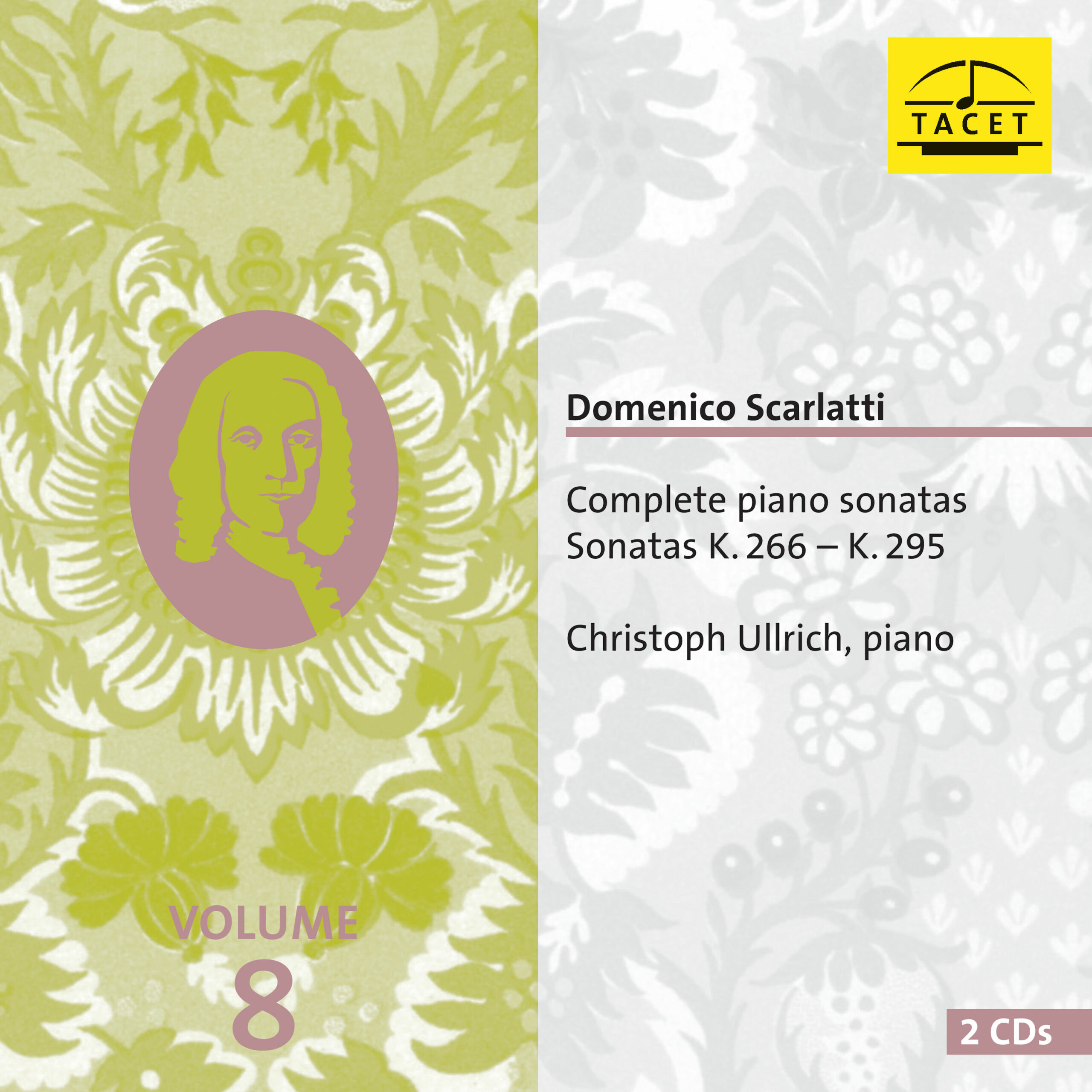
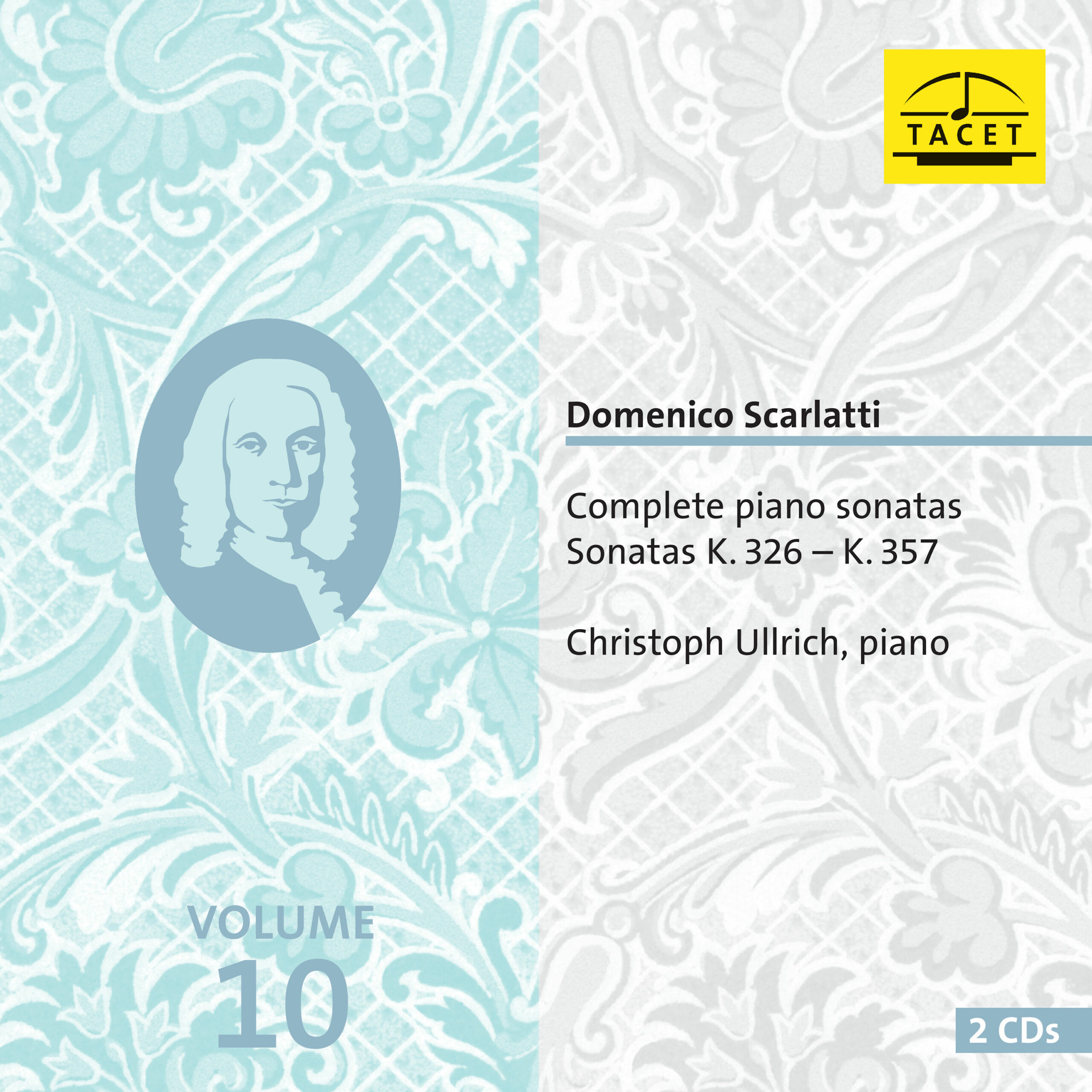
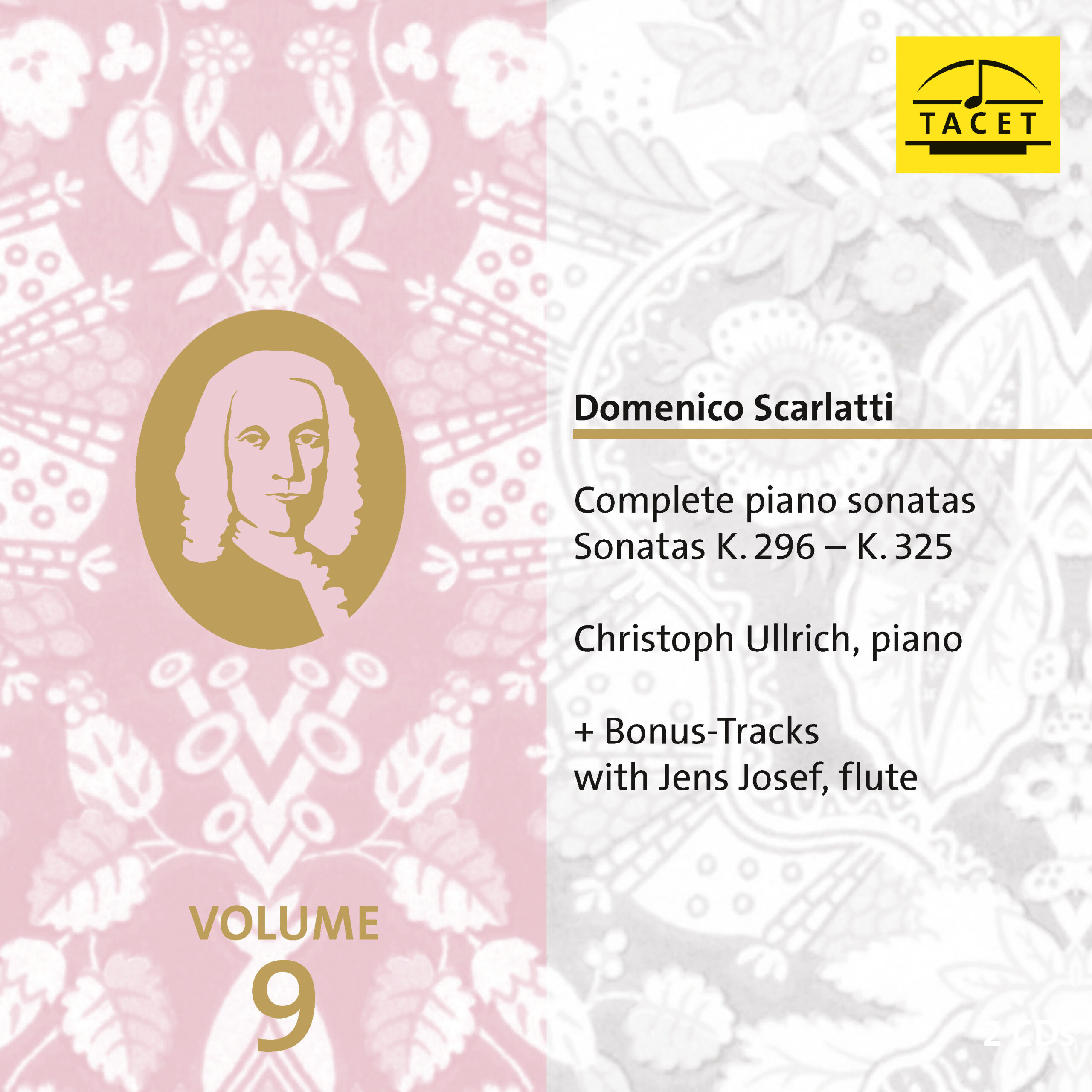
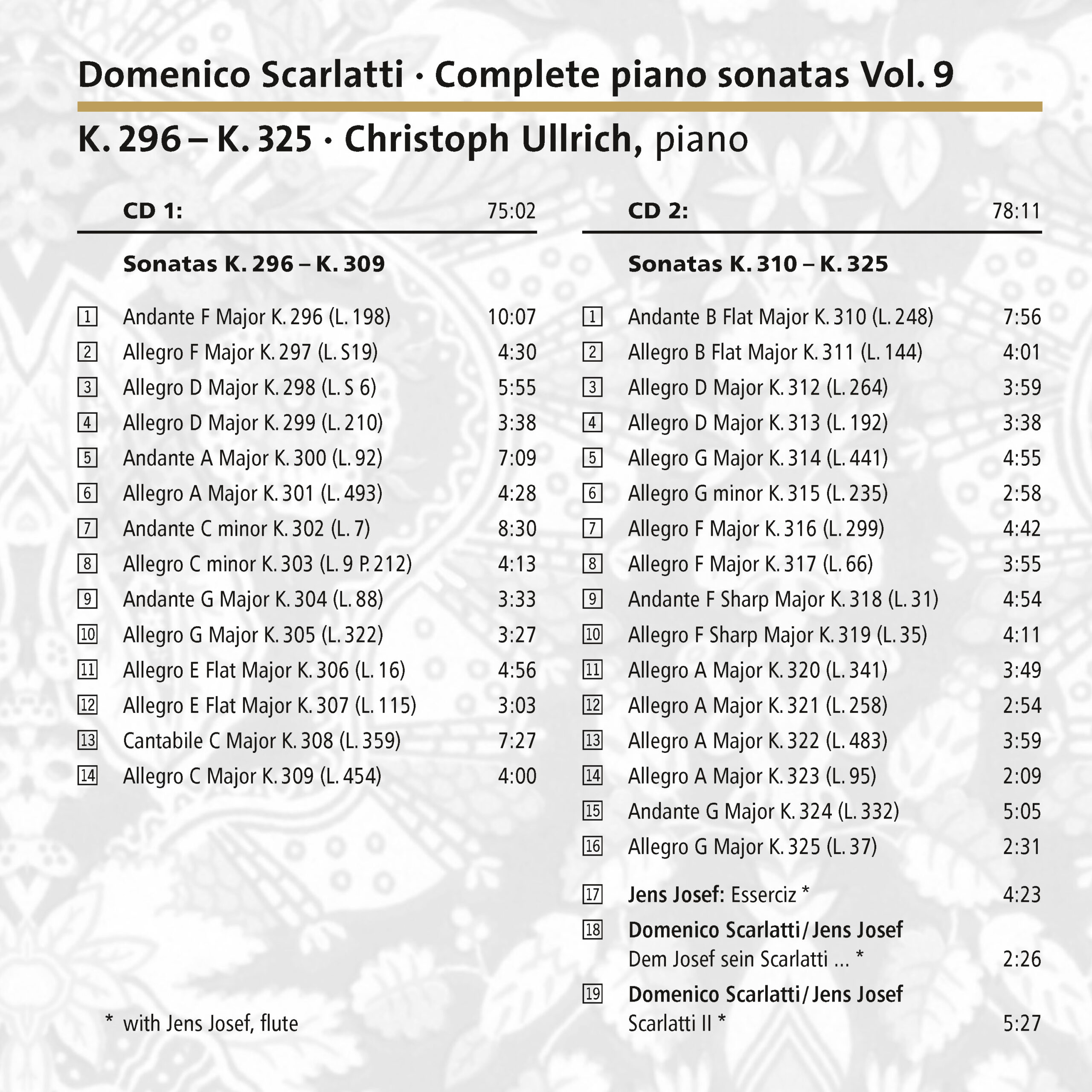

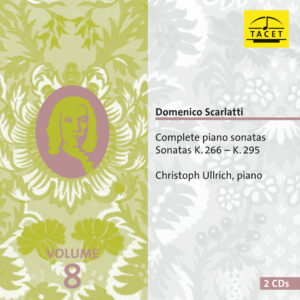
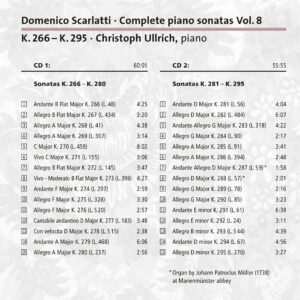
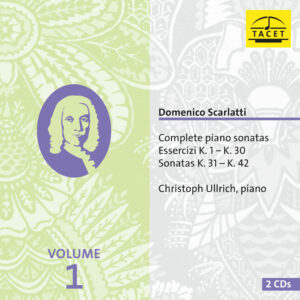
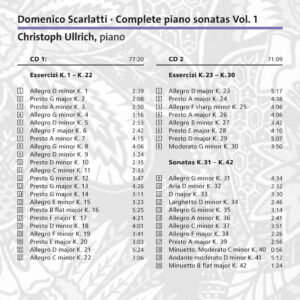
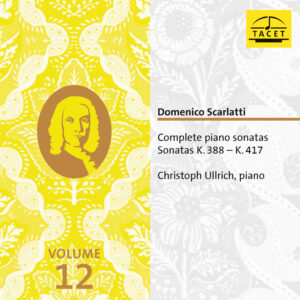
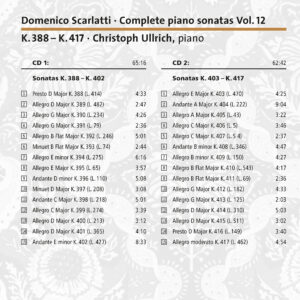
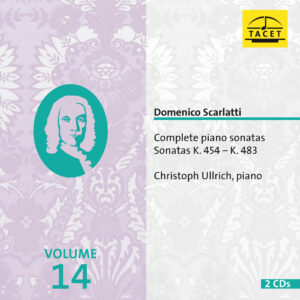
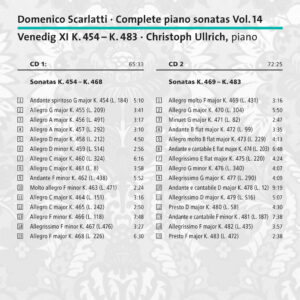
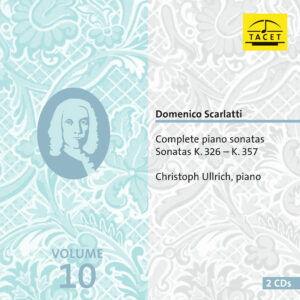
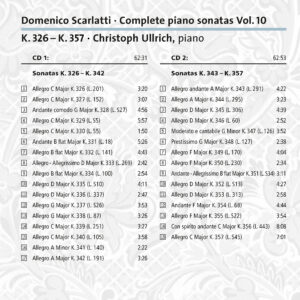
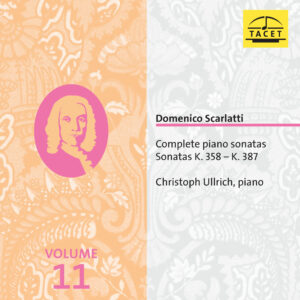
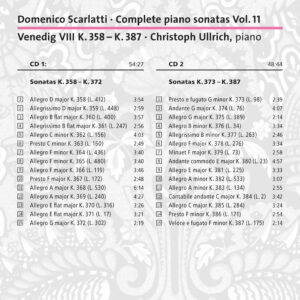
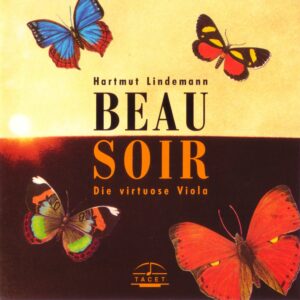
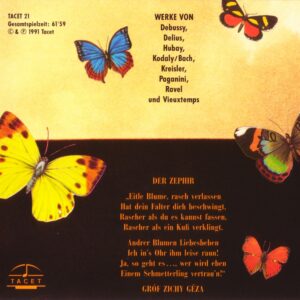
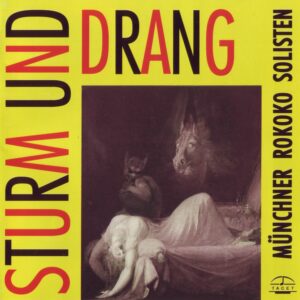

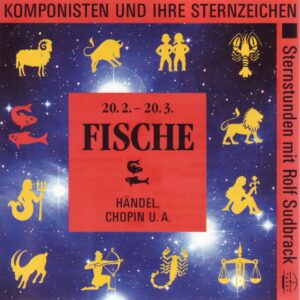

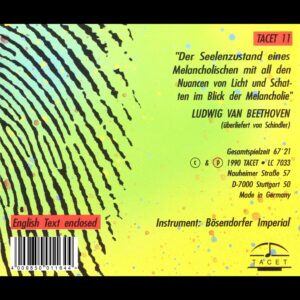
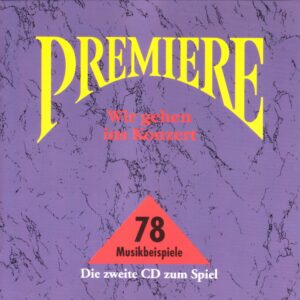
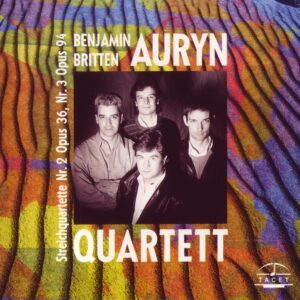
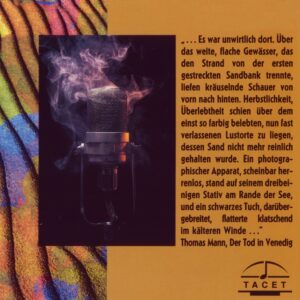
Klassik heute –
--> original review
Pianist Christoph Ullrich has been recording all of Scarlatti's sonatas since 2011, following Ralph Kirkpatrick's numbering. With Volume 9, he has reached about two-thirds of the total 555 pieces, each volume containing approximately 30 titles. Using a modern Steinway D grand piano, his recordings are to be judged by today's standards.
Christoph Ullrich's artistic approach:
Ullrich plays with delicate fingers, often choosing brisk but never exaggerated tempos, ensuring the clarity of the single-movement sonatas. The volume remains within a relatively narrow range, allowing Scarlatti's often intended echo effects to be subtly suggested. Technical challenges such as repetitions, leaps, and trills are handled with mastery. The frequent imitations between the right and left hands are executed with precision. The pieces mostly marked "Allegro" receive a fresh, vigorous touch, while the few "Andante" numbers are rendered with sensitive expression.
Application of ornaments:
A good example of the range of expression is the first of the played sonatas, K. 296 in F major, which lasts over 10 minutes, falling outside the usual 3 to 4-minute duration of most sonatas. During the repetitions of the two parts, Christoph Ullrich employs the Baroque practice of applying ornaments. This is done tastefully and without exaggeration, delicately but inventively varying Scarlatti's ideas.
Advantages and disadvantages of the numbering:
As the sonatas in the Kirkpatrick numbering are not ordered according to principles of tension and variety, it often happens that similar pieces are played consecutively. This may be a disadvantage for some particularly attentive listeners, but it can be mitigated by selectively choosing additional sonatas designated by Alessandro Longo's numbering, some of which are ordered into suites by the Italian. In addition, the tempo indications mentioned provide clues to individual character.
Bonus tracks with flutist Jens Josef:
The 30 sonatas are complemented by three pieces by Jens Josef, the German composer and flutist. One composition, titled "Esserciz," brilliantly performed by Christoph Ullrich, transfers the Scarlatti style into the modern era. And with "Dem Josef sein Scarlatti...," the flutist skillfully trills to pianistic sounds of the historical model. Also, the Duo Scarlatti II for flute and piano exhibits quirky humor and empathy.
The booklet thoroughly addresses the ornamentation problem, which applies to Baroque music as a whole and for which particularly striking examples can be found in Scarlatti's contemporaries Johann Sebastian Bach and his son Carl Philipp Emanuel.
Klaus Trapp
Audio –
Classical CD of the Month!
A monumental project: Christoph Ullrich records all 555 Scarlatti sonatas. Each of these single-movement pieces is a gem, as Tacet's colossal complete recording, begun in 2011, repeatedly proves. Now, with over three-quarters of the sonatas available, the new installment demonstrates: Ullrich's interpretation is a celebration of subtlety, a feast of refinement. While Scott Ross emphasized virtuosity on the harpsichord, Ullrich on the piano dazzles with exquisite tonal culture: lean, crystal-clear, minimal pedal, subtle ornaments. Here, tranquil meditation; there, lively experimental spirit, with each da capo a subtle change in color. Ullrich's Scarlatti: a cornucopia of musical intelligence.
Otto Paul Burkhardt
Pizzicato –
-> original review
From Scarlatti’s more than 500 sonatas, Christoph Ullrich now presents the sonatas K. 296-325 as well as an original work and two arrangements by flautist Jens Josef in Volume 9 of his complete recording.
Domenico Scarlatti (1685-1757), born in Naples on October 26, 1685, died in Madrid on July 23, 1757, was active in Naples, Rome, London and Madrid, among other places. He composed operas (until 1718), sacred music and more than 550 harpsichord pieces. These were hardly ever published during his lifetime. What is available today comes from many different sources.
The Henle edition states: «With his characterful themes, natural cantabile melodies and dance-like movements, Scarlatti triumphed over the heavy Baroque style. The technical moment is a formally constitutive element within his one-movement sonatas. For the first time in the history of piano music, the performer has to cross his hands and make long leaps.»
Many of Scarlatti’s sonatas have a recognizable style and contain Spanish and Portuguese tonality and rhythm.
What you really have to admire about Ullrich’s performances is the way he not only plays the music, but lives it. The way he nuances and rhetorically enhances the music is remarkable.
So, as in previous recordings, one can admire truly imaginative playing that is also characterized by an excellent sense of rhythm and color.
Norbert Tischer